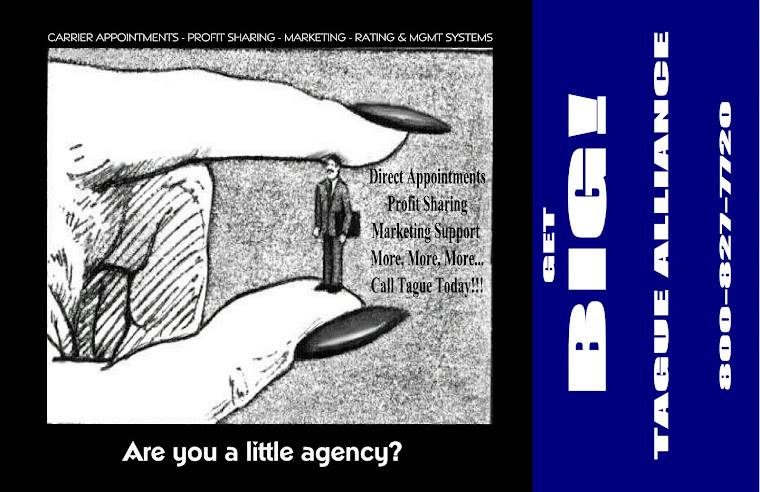Agents in our Southern California territories have great opportunities to write business for Wineries. Below is an article on the unique fire hazards associated with wineries. If you have questions about placing winery business, feel free to contact Tague Alliance for more info, and available markets (contact info at the end of the article)
Written By:
Laurie Infantino AFIS, CISC, CIC, CRIS, ACSR, CISR
President, Insurance Community Center, Insight Insurance Consulting
On July 12th of this year, The Insurance Community University taught a class on Wineries that was sponsored by AmWINS Insurance Brokers. That class discussed the distinctive exposures that a winery operation has and the unique insurance coverages that are available in the industry.
One of the coverages that we did not discuss, in any detail, was the simple peril of fire. On July 19th , just seven days after the class, Wines and Vines Magazine reported two significant fire losses that affected two different wineries; July 7th at Oakstone Winery in California and a few weeks earlier, in late June, Milleta Vista Vineyards near St. Paul, Nebraska. Both fires occurred in the early morning and were total loses. The buildings; inventory and equipment all went up in flames. Owners of both wineries intend to rebuild their facilities.
While fires are rare in the wine industry they tend to be catastrophic and hard lessons are learned following the flames being put out. The largest winery fire in 2005 on Mare Islands in the San Francisco Bay Area, which was caused by an arsonist, destroyed more than 4.5 million bottles and caused in excess of $54 million dollars in loss. Many wineries have still not recovered from that loss.
The cause of loss at the Oakstone Winery was not definitively determined but it was determined to have started on the side of the building near an electrical panel and forklift charging station. The cause of the loss at Milleta Vista Vineyards was still under investigation in late July. The fire destroyed the restaurant and wine storage portions of the business.
The article in Wines and Vines Magazine quotes Guy Colonna, a division manager for industrial and chemical fires at the National Fire Protection Association as having said: “there are no fire codes specific to the wine or beer industries”. He said; “ the single most dangerous aspect of winemaking is the risk of asphyxiation for staff working in confined spaces, often in the presence of carbon dioxide from fermentation or from inert gases for flushing out oxygen. “ Colonna went on to remark that while he does not think that “fire risk” is unique to wineries that the greatest hazard is provably from electrical systems and all the water used in winemaking”. His belief was that if wineries were compliant with current building and fire codes that the risk would really be minimal.
What is important in this discussion is the absence of any ordinances specific to the industry; that many wine operations are in older buildings; that many of the wineries do not have sprinkler systems AND if there is a loss that they will have to build in compliance with codes in effect at the time of the loss. It is , also, not uncommon for wineries to be operating out of converted buildings such as a home. In such cases the winery operation must comply with industrial and commercial codes.
Case in point is the Oakstone Winery. The building at Oakstone was built in 1966 and did not have a sprinkler system or a water supply because codes did not require these codes in place when the buildings were built.
With any winery loss that involved inventory or wine in process, we have to be cautious of the valuation clause found in the specific winery programs. Replacement of finished wine is close to impossible which then brings up the complex issue of determining if the insured has a business income loss. Most often finished wine is insured at selling price, however, in a total loss such as these two wineries that may easily incur a loss of income due to their not being able to produce wine for the foreseeable future.
Insurance lessons learned from these most recent winery fires include:
1. Making certain that wineries have Building Ordinance Coverage
2. Determine if the Building Ordinance Coverage covers “building ordinances in affect at the time of loss or building ordinances in affect at the time of replacement. With rare exceptions Building Ordinance Endorsements/coverage cover ordinances in affect at the time of loss which could limit the amount of coverage available
3. Make certain wineries have Loss of Income coverage AND that they have Building Ordinance on their Loss of Income and Building Ordinance Increased Period of Restoration
4. Review the valuation clause that is found in the policy for both the structural loss and inventory loss
5. Make certain that all equipment is covered properly in terms of amount of coverage; value of items; and whether the equipment is insured as part of the winery program as equipment that includes mobile equipment.
Tague Alliance, an SIAA Member: Ph (760) 729-1143, email: info@taguealliance.com
Talk To Tague Alliance
Search Tague Alliance Blogs
About Me

- Tague Alliance
- We are a master agent with SIAA. Our goal is to help our independent insurance agency members grow into successful businesses. We provide direct preferred company appointments, high commissions, low production requirements, profit sharing, marketing support, and a ton of other resources.

